The new year is here. January—the entrepreneurial “reset” button. For many, it’s a time to revamp strategy, energise teams, and set ambitious goals. But here’s the challenge: while bold resolutions and moonshot goals sound motivating, they can often backfire, leaving teams overwhelmed or demoralised. The secret to launching the year strong? Aim for incremental improvement rather than unattainable leaps. Let’s explore how entrepreneurs can balance the art and science of goal-setting while fostering sustained momentum.
1. The Science of Goal-Setting: Striking the Right Balance
Psychological research tells us that the best goals exist in the “Goldilocks zone”: not too easy, not too hard, but just right. A study by Dr. Edwin Locke, the pioneer of Goal-Setting Theory, found that challenging, specific goals lead to higher performance only if people believe they’re achievable. On the flip side, goals that feel too distant or impossible can create what’s known as goal disengagement—a polite term for “I quit.”
For entrepreneurs, the temptation is to set audacious, stretch goals every January. But if you’re asking your team to achieve the corporate equivalent of climbing Mount Everest by March, you might end up with a base camp full of disillusioned climbers.
The Takeaway: Set stretch goals that are challenging but within reach. Pair them with short-term, incremental milestones to create a sense of progress and reward.
2. The Power of Small Wins
In their book The Progress Principle, Teresa Amabile and Steven Kramer outline that nothing boosts a team’s motivation more than small, consistent wins. The dopamine hit that comes from achieving a milestone—no matter how small—creates positive momentum.
Think of incremental improvement as compound interest for your business. A 1% improvement each day doesn’t sound sexy, but over time, it leads to massive transformation. In fact, mathematically, improving by 1% every day for a year results in being 37 times better by year’s end.
Practical Tip: Instead of kicking off the year with one enormous objective, break it into micro-goals. For example, instead of “Grow revenue by 50% this quarter,” start with “Increase repeat customers by 5% in January.” Progress builds trust, and trust builds momentum.
3. Leverage Behavioural Science: Why Commitment Beats Motivation
Motivation is fleeting. It’s why gym memberships spike in January but attendance drops by February. To sustain momentum, entrepreneurs need to foster commitment over motivation.
Behavioural psychology offers a tool called implementation intentions, which is just a fancy way of saying “If X happens, I’ll do Y.” For example, instead of vaguely telling your team, “Let’s improve customer satisfaction this year,” commit to something actionable: “If we get a customer complaint, we’ll resolve it within 24 hours and follow up with a personal email.”
Practical Tip: Use the power of “If-Then” commitments to transform intentions into actions. Have your team create their own micro-commitments to align with broader goals.
4. Celebrate the Journey, Not Just the Destination
Entrepreneurs often fall into the trap of celebrating only the end result. But neuroscience shows that celebrating progress along the way can be equally, if not more, motivating. When teams are acknowledged for their effort—whether it’s completing a challenging project or making progress toward a goal—it activates the brain’s reward system, reinforcing positive behaviour.
Creative Idea: Launch the year with a “Milestone Map” where small wins are marked and celebrated in real-time. Think of it like a team version of a progress tracker for a marathon. Each step matters.
5. The “Reverse Goal-Setting” Technique
Here’s a twist on the traditional New Year goal-setting ritual: Instead of starting with lofty ambitions and reverse-engineering them, start small and let goals evolve.
For example, if your objective is to “Improve employee engagement,” start with one small action: a weekly team check-in where everyone shares one challenge and one win. Let that practice grow into something bigger over time. The idea is to focus on behaviour first and let results naturally follow.
Practical Tip: Ask your team, “What’s one small thing we can do better this month?” Build goals based on their input. This not only increases buy-in but makes goals feel achievable.
6. Anchor the Year with a “January Commitment Day”
Instead of a traditional kick-off meeting where you roll out daunting new objectives, dedicate a day to team alignment and shared commitment. This is where you redefine success as the pursuit of improvement, not perfection.
Structure for a January Commitment Day:
- Morning: Reflect on the previous year. What worked? What didn’t? Keep the tone optimistic but honest.
- Midday: Set one key focus area for the quarter and identify incremental actions.
- Afternoon: Host an interactive session where team members commit to one improvement they’ll champion this month.
Wrap Up
During my time at Back In Motion, one of our most transformative years didn’t start with bold declarations but with a simple, incremental goal: improve our Net Promoter Score (NPS) by 2% in Q1. That small, clear focus rallied the team. We brainstormed ways to improve client experiences, from streamlining appointment booking to enhancing follow-up communication. By year’s end, that 2% improvement goal turned into an 8% leap—because small steps snowball.
January isn’t just about goal-setting; it’s about reinforcing your culture. By focusing on incremental improvements, you send a powerful message: progress matters more than perfection. This cultivates a growth mindset within your team, which is foundational to long-term success.
Starting the year with incremental improvement doesn’t mean thinking small—it means thinking smart. Stretch goals can motivate, but only when paired with achievable steps. By balancing ambition with action, celebrating progress, and fostering commitment, entrepreneurs can create a sustainable rhythm for success.
So, as you sit down with your team this January, skip the fireworks and grand declarations. Instead, focus on the steady climb, the small wins, and the journey ahead. Because in entrepreneurship, the strongest foundations are built brick by brick—not by attempting to leap tall buildings in a single bound.
Let’s make 2025 a year of meaningful progress!

